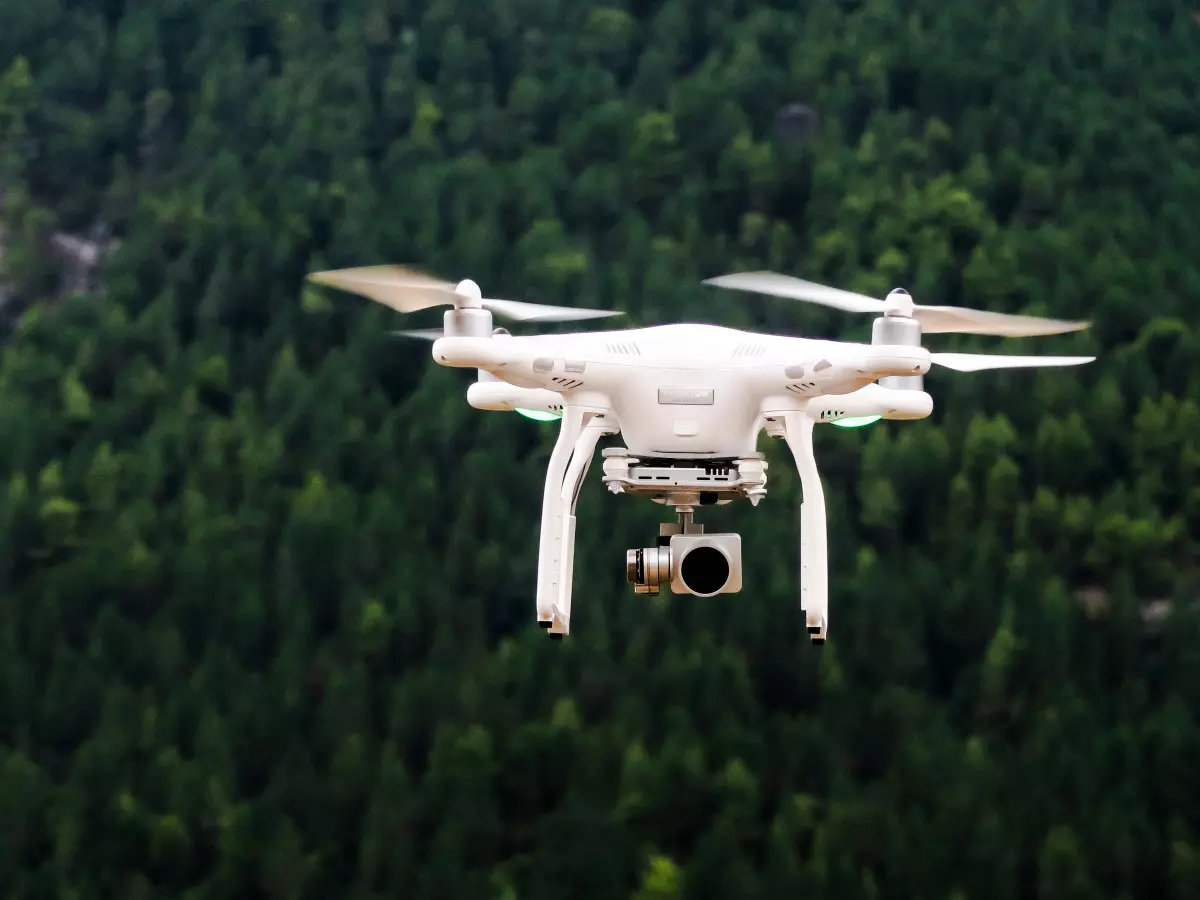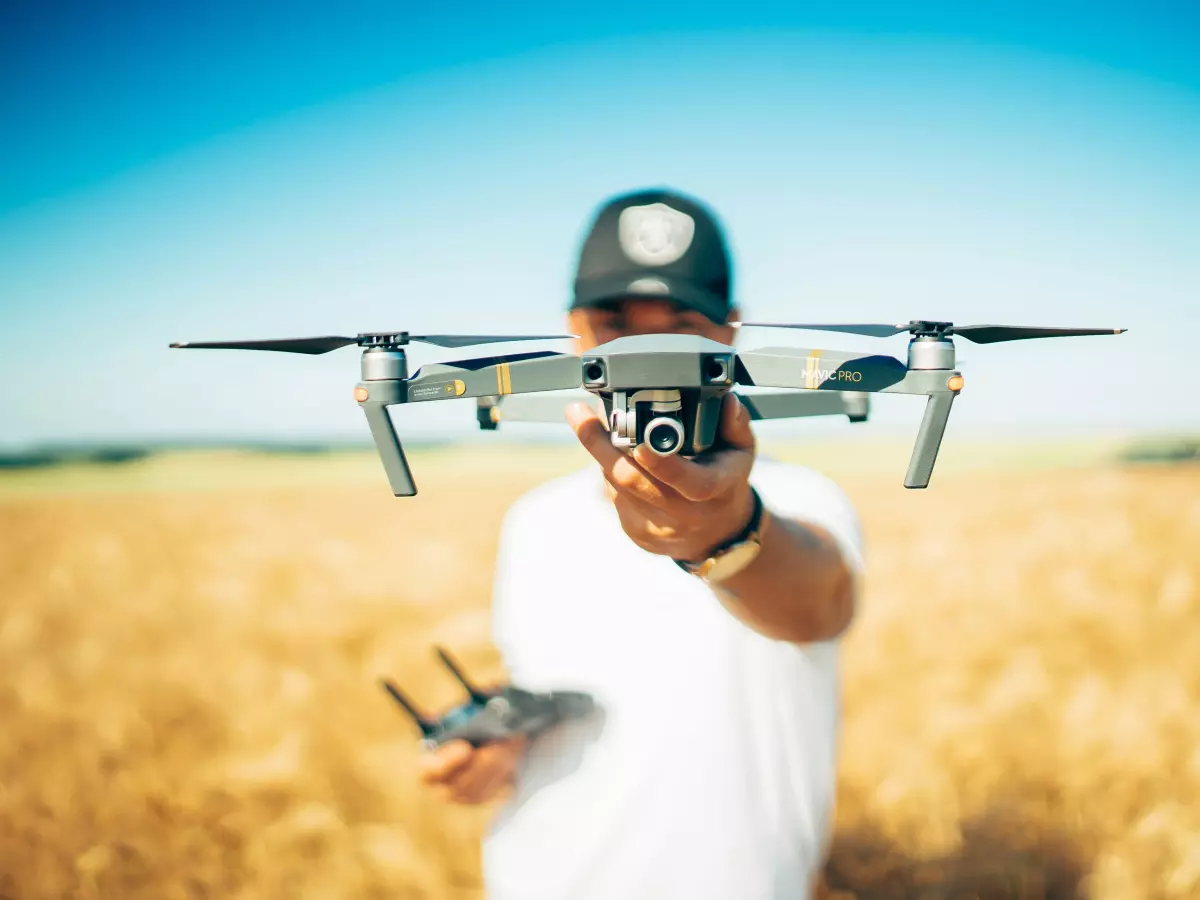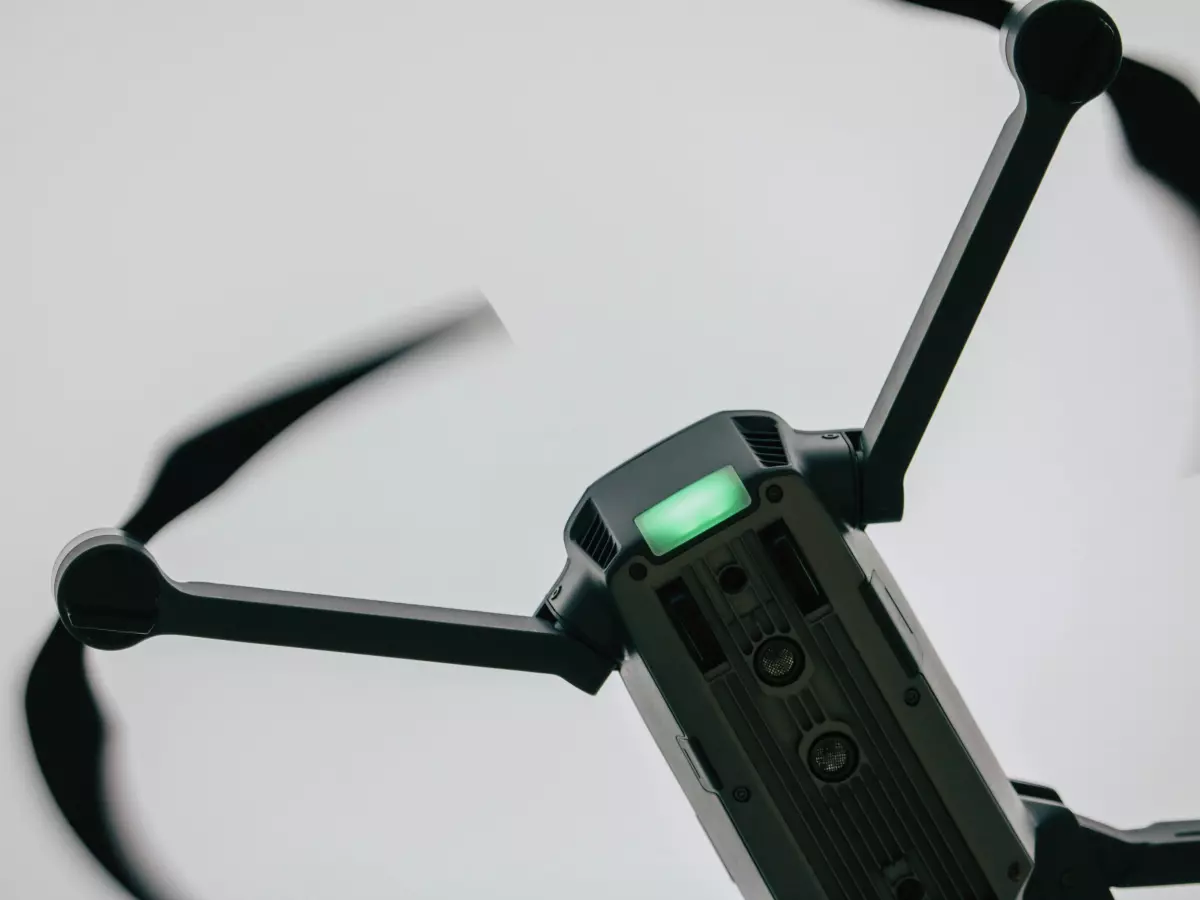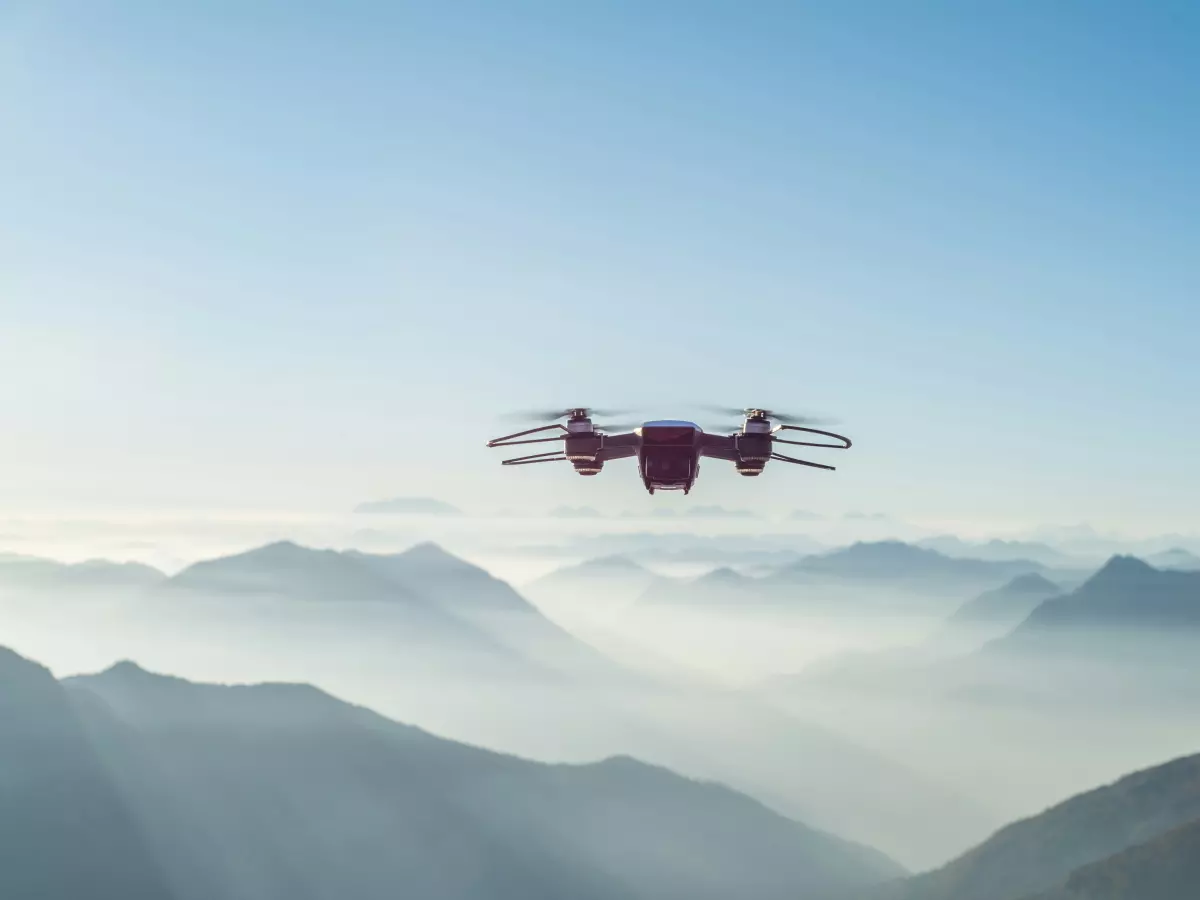More Than Just AI
I remember the first time I saw a drone zip through a complex obstacle course without a human pilot in sight. My initial thought? 'Wow, AI is really something!' But as I dug deeper into the tech, I realized that the real star of the show wasn’t just artificial intelligence. It was something far more nuanced: sensor fusion.
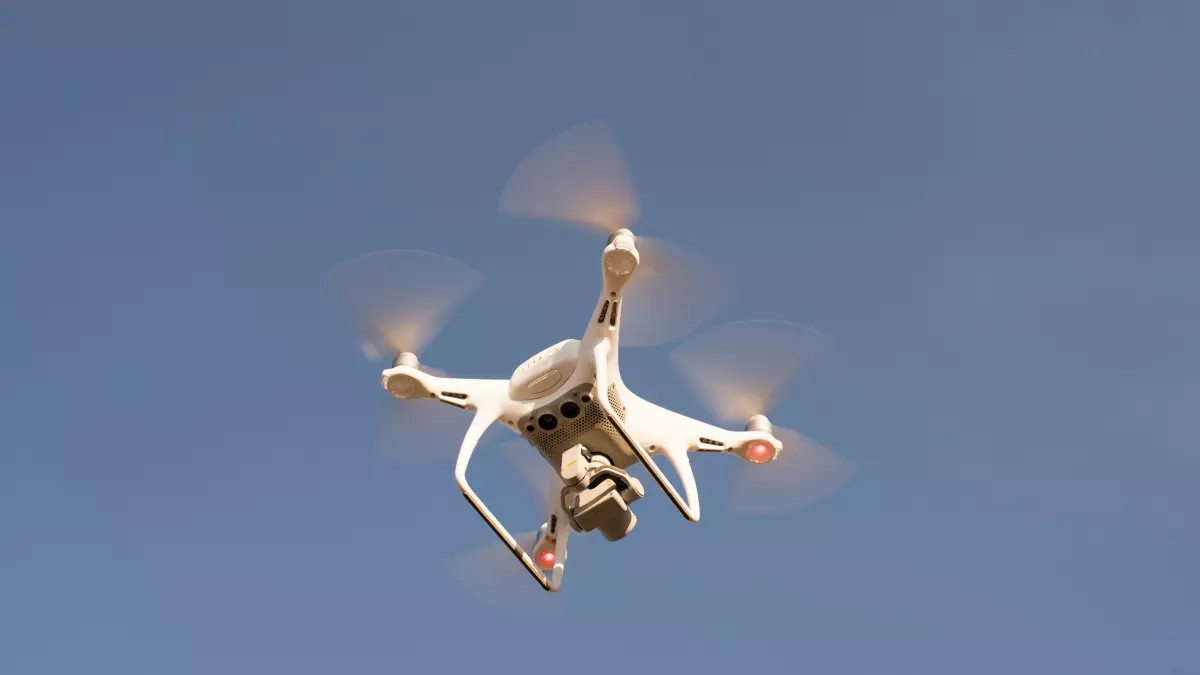
By Priya Mehta
Let’s be real—when people think of drone autonomy, they immediately jump to AI. It’s the buzzword everyone loves to throw around. But here’s the kicker: AI is just one piece of the puzzle. The real magic happens when drones combine data from multiple sensors to make sense of their environment. This process, known as sensor fusion, is what allows drones to fly autonomously, avoid obstacles, and even land safely in unpredictable conditions.
So, what exactly is sensor fusion? In simple terms, it’s the process of taking data from different types of sensors—like cameras, LiDAR, GPS, and accelerometers—and blending them together to create a more accurate picture of the world. Think of it like this: each sensor is like a different eyewitness to an event. One might see the color of a car, another might hear the sound of its engine, and yet another might feel the vibrations as it passes by. Individually, these sensors give you useful but incomplete information. But when you combine them, you get a fuller, more reliable understanding of what’s happening.
Now, why is this so important for drones? Because no single sensor is perfect. Cameras can be blinded by bright sunlight, GPS signals can be blocked by tall buildings, and accelerometers can get thrown off by turbulence. But when you fuse all this data together, the drone can fill in the gaps and make smarter decisions. It’s like having a backup plan for every possible failure.
Flight Control Software: The Brain Behind the Fusion
Okay, so sensor fusion is the secret sauce, but how does it actually work in practice? Enter flight control software. This is the brain of the drone, the system that takes all that sensor data and turns it into actionable decisions. It’s like the conductor of an orchestra, making sure everything works in harmony.
Flight control software is responsible for everything from stabilizing the drone in mid-air to planning its route and avoiding obstacles. It’s constantly processing data from the sensors, making real-time adjustments to keep the drone on course. And here’s where things get really cool: the software doesn’t just react to changes in the environment—it predicts them.
Using algorithms like Kalman filters, the flight control system can estimate the drone’s future position based on its current speed, direction, and sensor inputs. This predictive capability is what allows drones to fly smoothly even in chaotic environments. It’s like having a sixth sense that tells the drone what’s going to happen next.
Autonomy: It’s Not Just About AI
Here’s where we need to clear up a common misconception. A lot of people think that drone autonomy is all about AI. Sure, AI plays a role, especially in tasks like object recognition and path planning. But the real foundation of autonomy is sensor fusion and flight control software. Without these, AI would be flying blind—literally.
In fact, many of the most advanced drones today rely more on sensor fusion than on AI. Take obstacle avoidance, for example. The drone isn’t 'thinking' in the way we imagine AI does. Instead, it’s using data from multiple sensors to calculate the safest path forward. The AI might help with higher-level decision-making, but it’s the sensor fusion and flight control software that keep the drone from crashing into a tree.
And let’s not forget about redundancy. In autonomous systems, redundancy is key. If one sensor fails, the drone can still rely on others to keep flying. This is why sensor fusion is so critical—it allows the drone to operate safely even when things go wrong. AI alone can’t provide that kind of reliability.
The Future of Drone Autonomy
So, where does this leave us? As drones become more advanced, we’re going to see even more sophisticated sensor fusion techniques. We’re talking about drones that can navigate through dense forests, fly in total darkness, and even operate in GPS-denied environments like deep canyons or urban jungles. And while AI will certainly play a role in these advancements, the real game-changer will be how well drones can fuse sensor data in real-time.
In the end, it’s not just about making drones 'smarter'—it’s about making them more aware. The more data they can fuse, the better they’ll be at understanding and adapting to their surroundings. And that’s what true autonomy is all about.
So, next time you see a drone zipping through the sky, remember: it’s not just AI that’s making it fly. It’s a symphony of sensors, all working together to keep that drone in the air. And that, my friends, is where the real magic happens.
As drones continue to evolve, the importance of sensor fusion and flight control software will only grow. The future of autonomy isn’t just about AI—it’s about making sense of the world, one sensor at a time.
